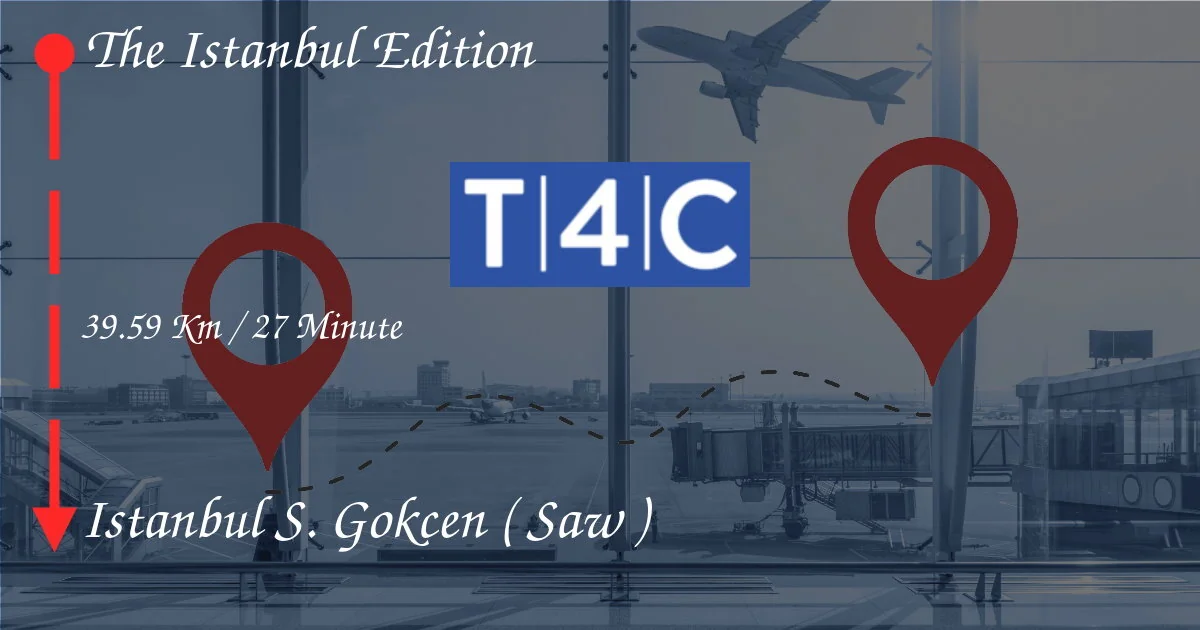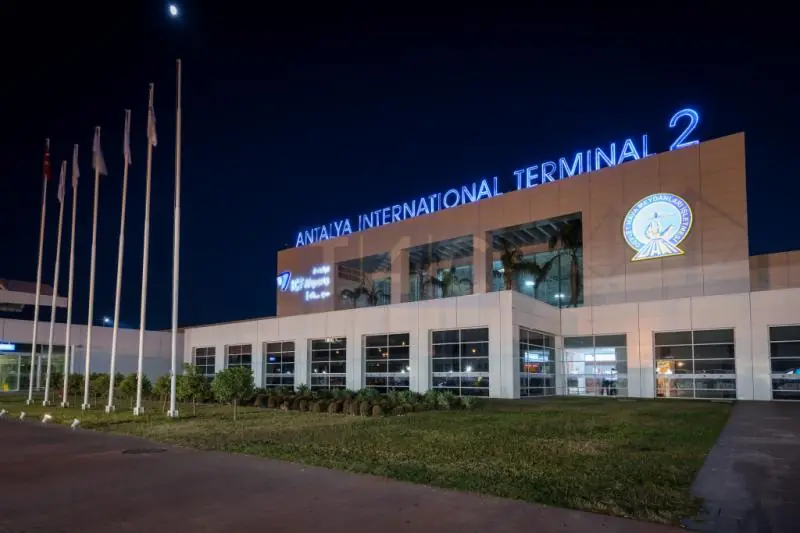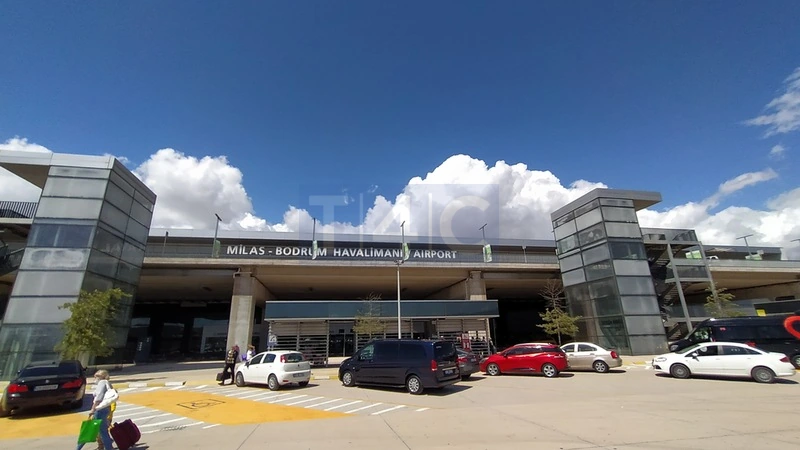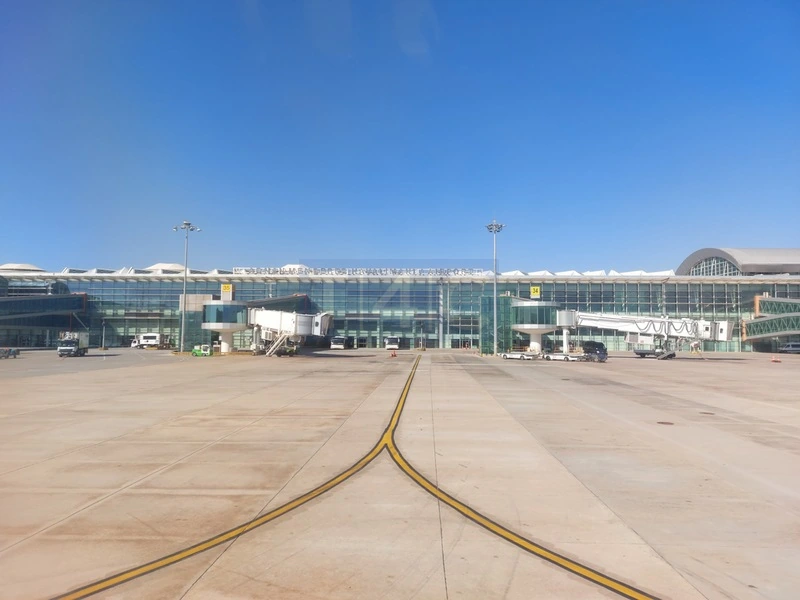...
How To Go From The Istanbul Edition to Istanbul Sabiha Gökçen (SAW)
Getting from Istanbul Airport (IST) to Sabiha Gökçen Airport (SAW) in Istanbul might seem straightforward given their proximity (a mere 39.59 kilometers), but the travel time of approximately 27 minutes is highly dependent on your chosen mode of transportation. Traffic congestion in Istanbul is notorious, significantly impacting travel times, particularly during peak hours. This guide outlines the various transportation options available, helping you choose the best one based on your budget, time constraints, and comfort preferences. We'll cover everything from the speed and convenience of private transfers to the affordability of public transport, comparing their pros and cons to ensure a smooth journey between these two major Istanbul airports.
Choosing Your Transfer: A Detailed Look at Your Options
1. Taxi/Ride-Hailing Services (Uber, BiTaksi):
Taxis and ride-hailing apps like Uber and BiTaksi offer a convenient door-to-door service. The journey typically takes between 45 minutes to an hour and a half depending on traffic. While generally more expensive than public transport, they provide comfort and convenience, especially with luggage. Remember to confirm the fare beforehand or use a metered taxi to avoid inflated prices. Pre-booking a taxi through your hotel or a reputable service can also provide peace of mind.
Pros: Convenience, door-to-door service, suitable for luggage.
Cons: Can be expensive, especially during peak hours, susceptible to traffic delays.
2. Havabus (Airport Shuttle Bus):
Havabus offers a more budget-friendly alternative, connecting both Istanbul airports. The buses are relatively comfortable and frequent, but the journey time can extend beyond the estimated 27 minutes due to multiple stops and traffic. You'll need to factor in travel time to the Havabus station at each airport, adding to the overall duration.
Pros: Affordable, relatively reliable.
Cons: Longer travel time due to multiple stops and traffic, requires walking to and from bus stops at each airport.
3. Private Transfer Services:
For a seamless and stress-free transfer, consider a pre-booked private transfer. A driver will meet you at the arrivals hall, assist with your luggage, and take you directly to your destination at SAW. This option eliminates the hassle of navigating public transport or hailing a taxi, especially beneficial for travelers with limited Turkish language skills or large amounts of luggage. The cost is typically higher than public transport but lower than a constantly metered taxi journey in rush hour.
Pros: Convenience, door-to-door service, professional driver, ideal for larger groups or families.
Cons: More expensive than public transport or ride-hailing apps.
4. Havaş Shuttle Service:
Similar to Havabus, Havaş offers another shuttle bus service connecting the two airports. However, the routes and frequency may vary, so it's best to check their website or app for the most up-to-date information. The pricing is generally comparable to Havabus.
Pros: Budget-friendly option.
Cons: Can be affected by traffic, involves transfers.
5. Rent a Car:
Renting a car offers flexibility, but driving in Istanbul is notoriously challenging due to heavy traffic and complex road systems. Unless you're very comfortable navigating Istanbul's roads, this option is generally not recommended, especially for a short transfer between airports. Parking at both airports can also be expensive.
Pros: Flexibility.
Cons: Challenging driving conditions, expensive parking, adds stress and potential delays.
Choosing the Right Option for You:
The best option depends on your priorities. If time is of the essence and budget is less of a concern, a private transfer is ideal. For budget travelers, Havabus or Havaş offers a viable alternative, although you'll need to factor in extra time for transfers and potential traffic delays. Ride-hailing services offer a balance between convenience and cost, but be mindful of traffic conditions.
No matter which option you choose, always check schedules, book in advance where possible, and allow extra time for unexpected delays, particularly during peak hours. Remember to factor in the time needed to reach the departure terminal for your onward flight.















